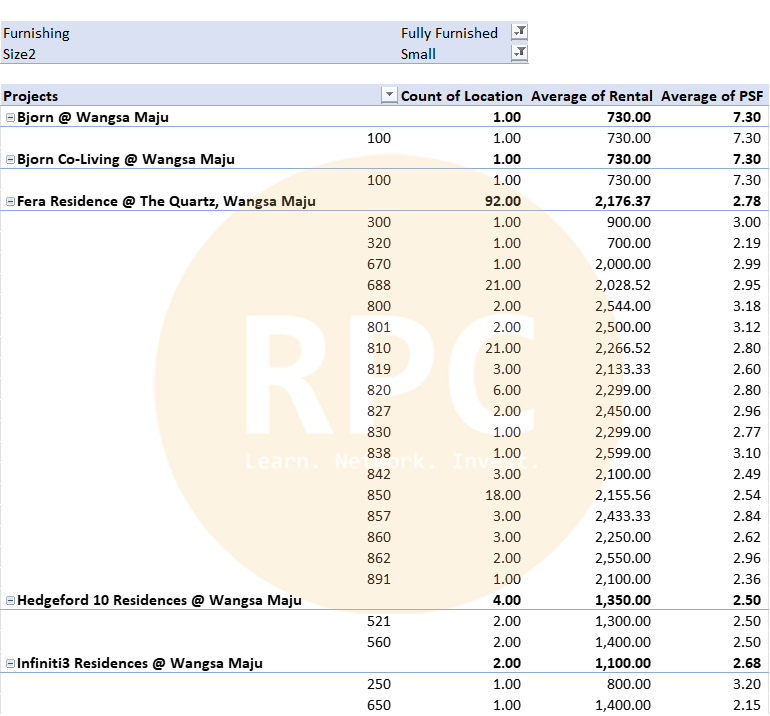TL;DR
-
Kuala Lumpur has banned room partitioning in properties due to concerns about living conditions.
-
The trend emerged from high rental costs in the city, forcing tenants to opt for cheaper, partitioned spaces.
-
While the ban aims to address these subpar living conditions, it doesn’t tackle the root problem: the lack of affordable housing in KL.
-
The debate continues on who suffers more from this ban – landlords or tenants.
-
The need for broader solutions, such as affordable housing initiatives, is evident.
Kuala Lumpur’s recent ban on room partitioning has sent shockwaves through the property market. But why has this decision been made, and who stands to lose the most?
A Viral Trend: Why Room Partitioning Became a Thing
Room partitioning in Kuala Lumpur (KL) is not a new concept. Images circulating online show beds squeezed next to balconies and, shockingly, even placed within kitchens. The lack of ventilation, natural light, and space in these rooms is concerning. While we might compare this to the extreme living situations in places like Hong Kong, it’s important to address this situation in our own context.
Discover more topics via spotify.The Official Stance: Room Partitioning is No More
A recent circular from local authorities announced a significant clampdown on room partitioning. The rules are clear: it is now illegal to partition rooms in high-rise buildings, regardless of whether they’re residential or commercial. This covers service apartments, condos, and even SOHOs.
Cost of Renting in KL: A Deep Dive into the Stats
To understand why room partitioning became so popular, let’s look at rental costs. Using Wangsa Maju as an example, a partially furnished property, under 900 square feet, costs around 1,200 to 1,700 on average. If it’s fully furnished? That jumps to 2,100.

Initial costs, including security deposits, utilities, and more, can make the upfront price for a partially furnished unit as high as six thousand eight, nearly as much as a fully furnished one. And that’s without adding in costs like tenancy agreements and stamp duties.
A Domino Effect: Who’s The Real Loser?
If a complete ban is enforced and authorities start investigating every property, the big question looms: Who will suffer more landlords or tenants?
Landlords benefit from the extra income room partitioning offers, but tenants opt for these divided spaces out of necessity. With rising living costs and stagnant wages, the affordability of these smaller spaces becomes crucial for many.
If people could afford to pay high upfront costs, wouldn’t they just buy a property instead of renting? A ban might seem like a solution, but it doesn’t tackle the root of the issue. Instead of a blanket rule, perhaps we should consider guidelines that ensure safety and quality of living.
Looking Forward: Addressing The Root of the Problem
The crux of this situation boils down to supply and demand. Housing issues are persistent, not just in KL but globally. A total ban on room partitioning might seem like a swift solution, but it’s more of a band-aid on a festering wound.
Shouldn’t the focus be on creating better, affordable housing options for the public? If the current market only offers properties that the average resident can’t afford, alternatives like room partitioning will naturally flourish.
Let’s Discuss
What are your thoughts on this situation? Who do you think is the ultimate loser? Is a ban the right solution, or should we explore other avenues? Share your insights and join the conversation. And if you found this piece insightful, please share it with others.